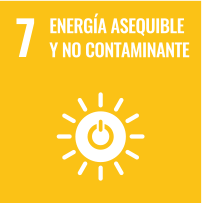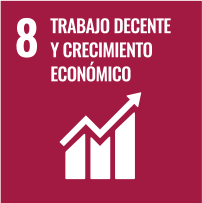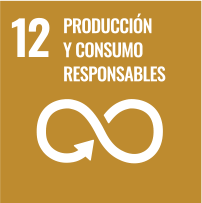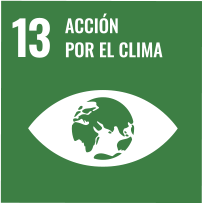GREENWOVEN
Greenwoven is the new fabric developed by Vicatex to control the growth of weeds in greenhouses, gardens and agriculture generally. Greenwoven is a permeable fabric, free of chemicals, and is placed on the soil to inhibit weed growth. Its structure allows air, water and nutrients to pass through to the plant roots. Greenwoven enables plants and crops to grow without the use of pesticides and herbicides maximising the productivity of crops, greenhouses and gardens in a natural and sustainable way. This is a unique product suitable for agriculture and horticulture. Greenwoven is a padded nonwoven fabric where the two sides have different functions. One side is always black, and is used to stop sunlight and prevent weed growth. The other side can be white to reflect sunlight onto the plants and reduce soil temperature. This is suitable for use in greenhouses and on farms. The other side can be green or brown and is used in gardens. Greenwoven weed control is placed directly on the ground and suitable openings are made for plants and crops. In principle it doesn’t need to be covered by anything, but we recommend you cover it with a thick layer of mulch to make it last longer. Greenwoven has the ideal properties to eradicate weeds and enhance natural and sustainable production. There are many benefits:
- The fabric is easy to install.
- Enables watering, soil respiration and reduces erosion.
- Minimizes the labour required for harvesting and the maintenance of gardens, greenhouses and fields.
- Strong and durable. It’s lifespan is increased if covered with mulch or soil.
- Suitable for organic farming because no chemicals are required, enabling plants to grow without the use of pesticides or herbicides.
Product properties: 50 gsm, 60 gsm, 70 gsm. Available in various weights of up to 150 gsm depending on requirement. Standard roll lengths (50 metres and 200 metres). The product is also available in other sizes depending on individual needs.
How to install Greenwoven
Step 1: Soil preparation. Before placing the fabric on the ground make sure you remove any weeds or sharp-pointed objects that could damage to the fabric.
Step 2: Laying the cloth on the area. For very large areas, the fabric must overlap (minimum overlap of 5 cm) to prevent weed growth. Pieces of fabric can be held together using staples or pegs.
Step 3: For existing crops you should cut the fabric vertically to the length you need and bring it as close as possible to the roots. For new crops you should make an "X" shaped incision with scissors or a knife.
Step 4: Covering the fabric. If you cover the tissue with at least 5 cm of mulch, this will ensure a longer useful life for the fabric.
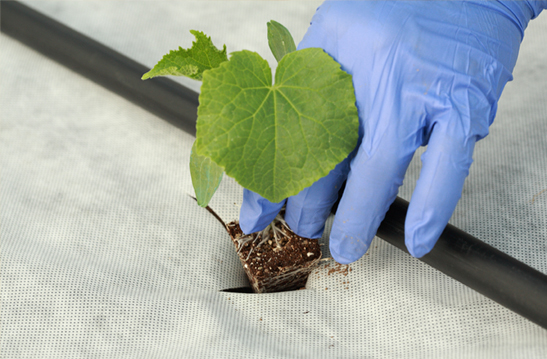

NV EVOLUTIA, S.L. a través de la línea “Ayudas destinadas a la promoción de la economía sostenible en la Comunitat Valenciana para el ejercicio 2023”, convocada por la CONSELLERIA DE ECONOMIA SOSTENIBLE, SECTORES PRODUCTOS, COMERCIO Y TRABAJO “ha recibido una subvención de 4.000 € para la elaboración e implantación de la memoria de sostenibilidad”


